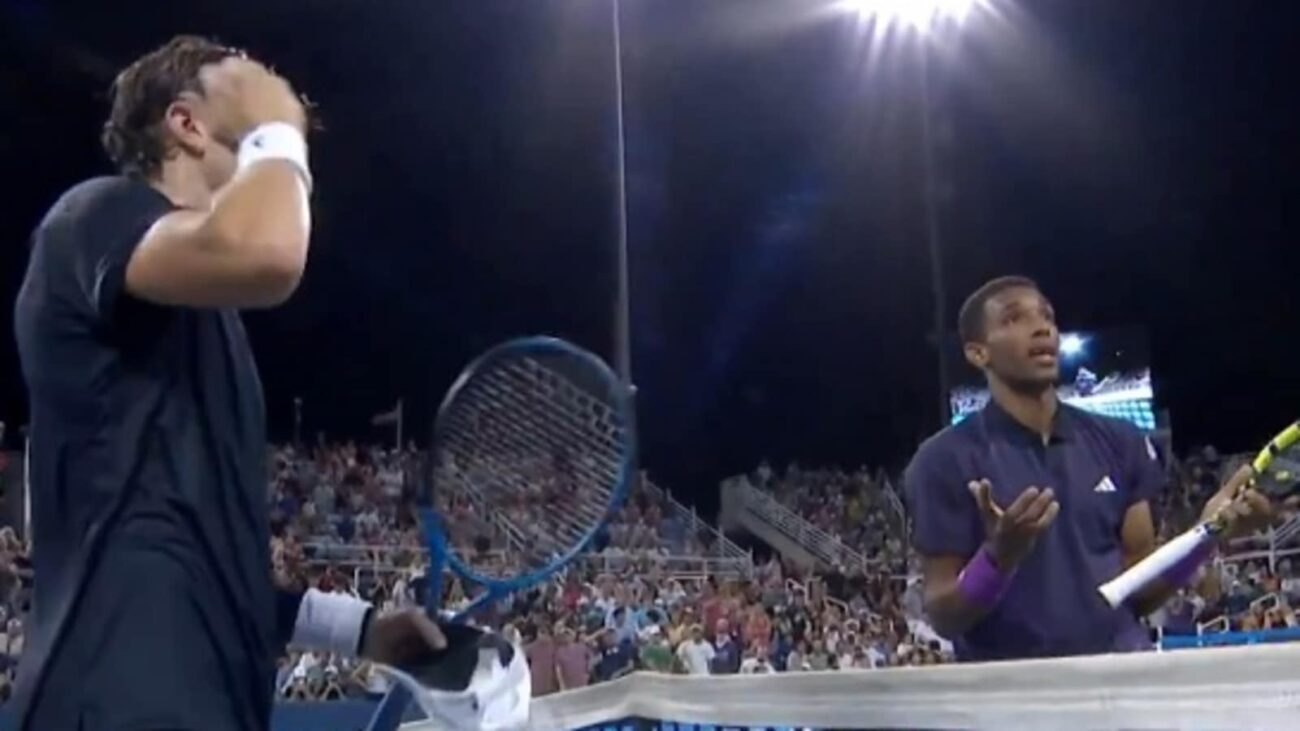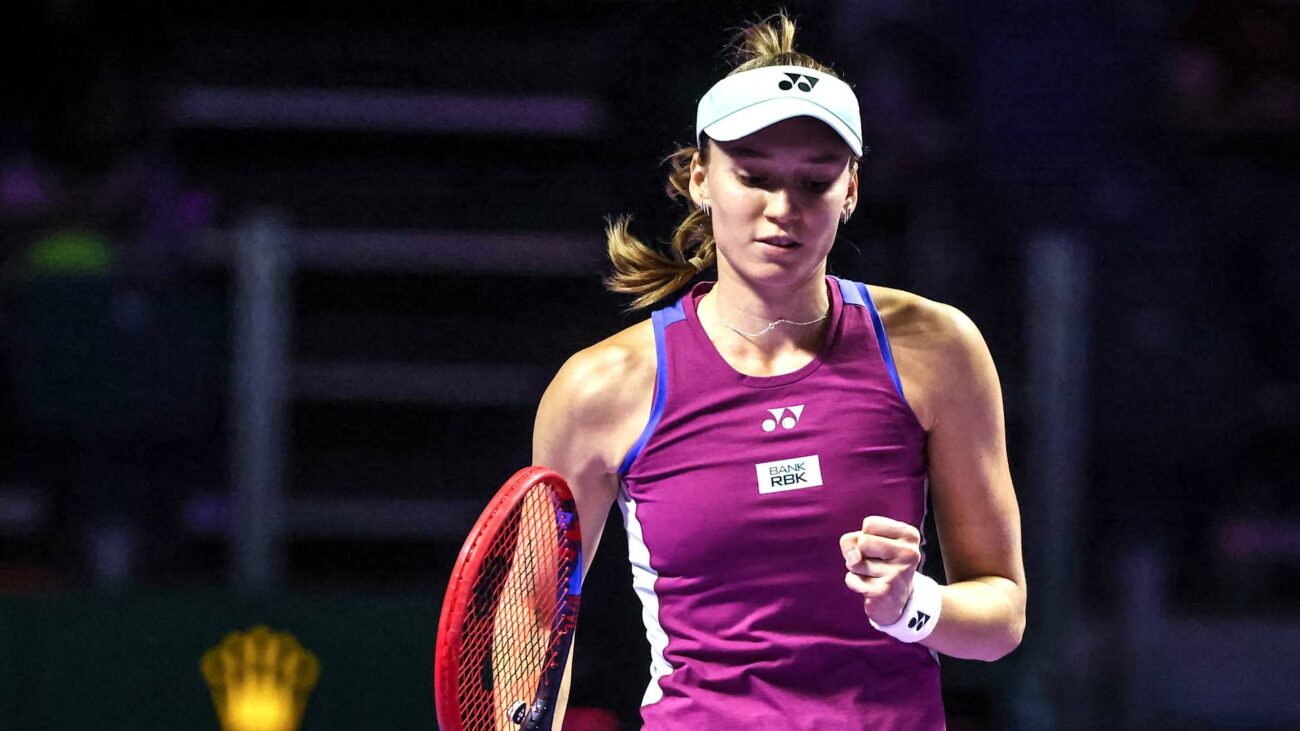Felix Auger-Aliassime’s promising run at the Cincinnati Open came to an abrupt and controversial end in the Round of 16 against Jack Draper. The Canadian star was on the cusp of leveling the match when a contentious decision by chair umpire Greg Allensworth handed the victory to Draper.
Draper’s match-point shot appeared to bounce twice on his side of the court before clearing the net, which should have awarded the point to Auger-Aliassime. However, without access to instant replay, Allensworth ruled in Draper’s favor, sparking a heated debate on the court.
Auger-Aliassime, who had earlier defeated Casper Ruud in convincing fashion, was visibly frustrated by the decision. He engaged in a lengthy discussion with both Draper and the umpire, arguing that the point should have been awarded to him due to the double bounce.
“Did you not see the ball bounce on the court?” Auger-Aliassime asked the umpire.
“I did not see that,” Allensworth replied.
Despite Auger-Aliassime’s protests and a subsequent intervention by the tournament supervisor, the umpire’s decision stood, and Draper advanced with a 5-7, 6-4, 6-4 victory.
The incident has reignited calls for broader implementation of video review systems in tennis, similar to those used at the US Open. While the US Open has invested in this technology, most other tournaments, including the Cincinnati Open, have not, leaving players and fans frustrated when critical points are decided by potentially incorrect human judgment.
This issue is not new; players like Denis Shapovalov and Daniil Medvedev have previously raised concerns about the consistency and accuracy of officiating in tennis.
Auger-Aliassime expressed confidence that the umpire would realize the error once he reviewed the footage after the match. “It’s going to look ridiculous,” he said. Draper, too, seemed uncertain about the legitimacy of the point, indicating that he would have been willing to continue the match if a replay had been available.
The controversy surrounding Auger-Aliassime’s match has highlighted the need for improved officiating tools in tennis. Video review systems can provide a more accurate and consistent way to adjudicate close calls, reducing the potential for human error and ensuring that matches are decided fairly.






